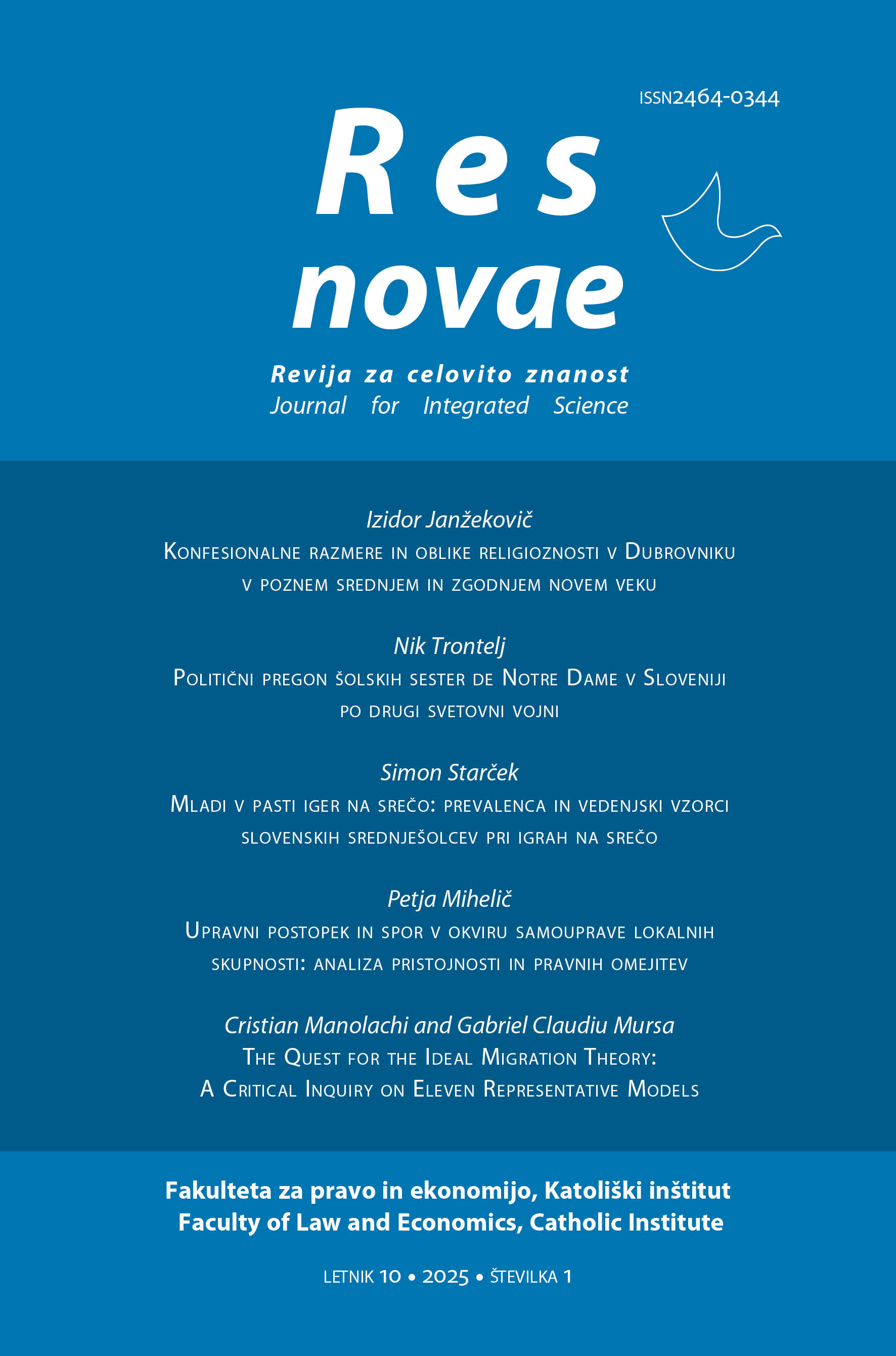Religious Conditions and Forms of Religiosity in the Republic of Ragusa in the Late Middle Ages and the Early Modern Period
Izidor Janžekovič
Religious Conditions and Forms of Religiosity in the Republic of Ragusa in the Late Middle Ages and the Early Modern Period
DOI: 10.62983/rn2865.25a.1
Keywords: Dubrovnik (Ragusa), Ragusan archbishop, religious tensions, Orthodox Christians, Jews, Late Middle Ages, early modern era
Abstract:
Between the fourteenth and early nineteenth centuries, Dubrovnik maintained a complex religious identity shaped by its geopolitical position between the Catholic Western Europe and the Orthodox Eastern Europe. While officially adhering to Roman Catholicism, the city exhibited a degree of religious tolerance, particularly toward Orthodox Christians, Jews, and Muslims, due to its commercial interests and diplomatic pragmatism. Lay piety was expressed through confraternities, charitable institutions, and the veneration of local saints, reflecting both communal and individual religious devotion. Clerical reforms, influenced by broader Tridentine efforts, sought to standardize religious practices and discipline. The author argues that Dubrovnik’s or Ragusan unique blend of religious orthodoxy and pragmatic inclusivity underscores the city’s role as a cultural and confessional crossroads in the pre-modern Mediterranean world.
PDF



